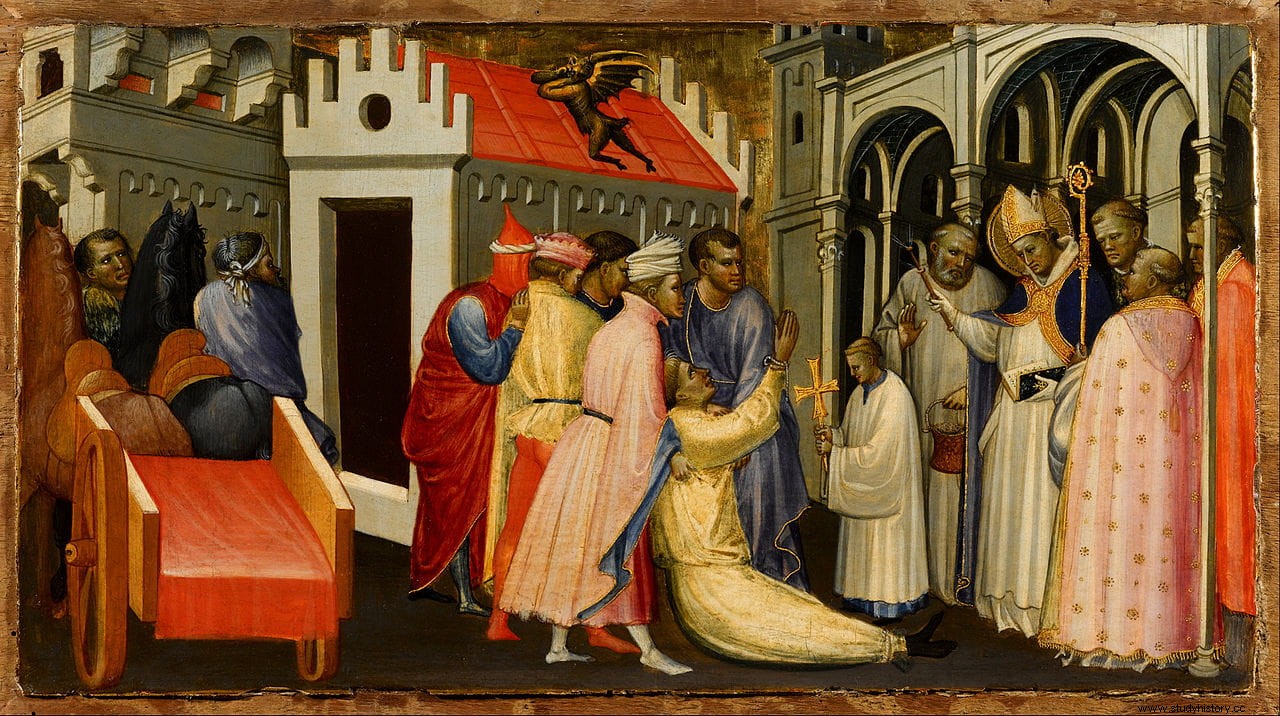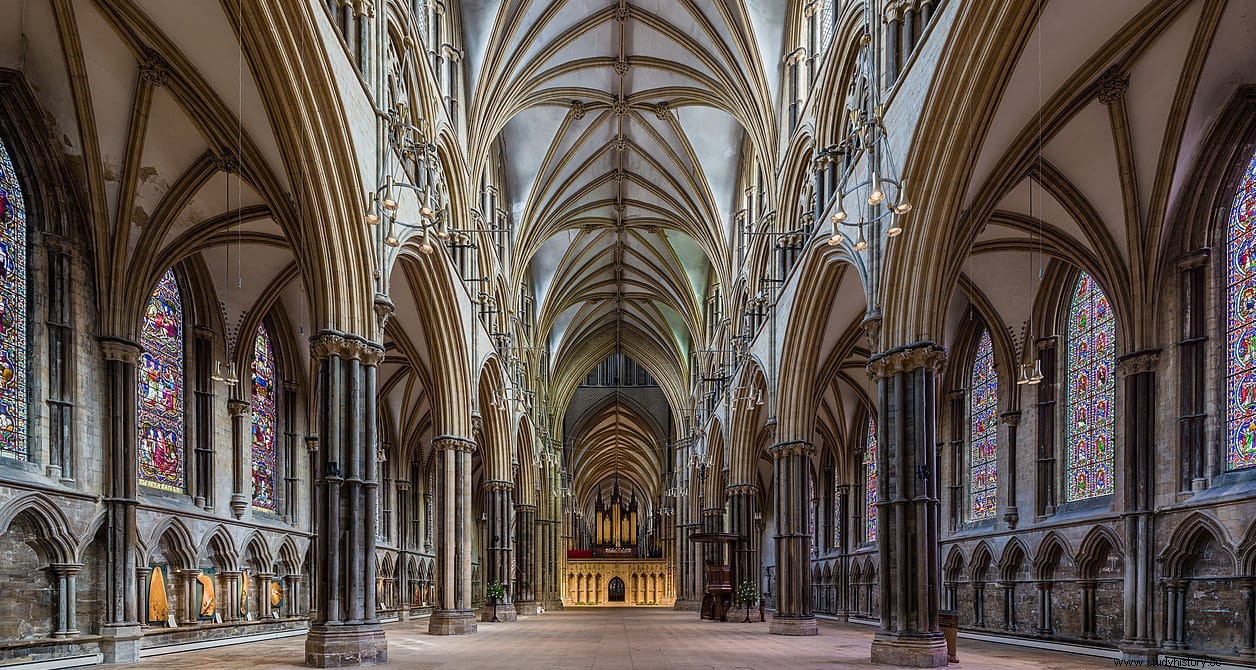During the Middle Ages, the possession of relics meant for churches, cathedrals and monasteries, the influx of numerous pilgrims and, therefore, income.
It was not uncommon for bishops, abbots and other religious authorities to strive to get as many of them as possible, especially when the need for money was urgent to carry out remodeling works, or the subsistence of the community was threatened. Some even went so far as to steal pieces from other places, using certainly unorthodox or shocking methods. One of them was Hugh of Lincoln .
Hugh was born in Avalon, a small village in southeastern France, of noble birth, about 1135-1140. His father William, the Lord of Avalon, retired to a Benedictine monastery after the death of his wife, taking Hugh with him when he was only eight years old. Upon reaching the age of majority he is ordained a priest, but leaves the monastery to join the Carthusian Order, whose rigidity and austerity had made it the most reputable of the orders of the time.
He soon rises through the ranks of the order to become procurator and, in 1179, he is sent to England as prior of the first Carthusian monastery in the country, that of Witham Friary in Somerset. In 1186 he is elected Bishop of Lincoln Cathedral, whose building had been heavily damaged by an earthquake the previous year, demolishing much of the construction.

So his first objective was to repair the damage and rebuild the cathedral, which Hugh wanted to build in the new Gothic style that was spreading across Europe. The problem was how to get the necessary money to carry it out. So Hugh set out to travel in search of relics to convert his diocese into a desirable and attractive place of pilgrimage. In this way he acquired an interesting collection, which is still kept today in Lincoln Cathedral. The methods he used to achieve it were, to say the least, debatable.
Perhaps the best known episode is the one that he starred in during his trip around 1190 to Fécamp, in Normandy, to visit the Benedictine abbey of the same name founded in 658 by a Merovingian count. The reason is that an arm bone that supposedly belonged to Maria Magdalena was kept there. .
When the monks took the bone out of its reliquary, wrapped in fine cloths they had never dared to remove, to show him, Hugh drew a knife. To everyone's astonishment he cut the cloth and quickly put the bone in his mouth. He first tried to pull out a piece with his incisors and, failing to do so, he did so with his molars. He managed to detach two pieces , which he immediately saved to add to his collection.
Faced with the protest of the monks for such an irreverent act, Hugh replied that every day he touched the body of Christ with his fingers and his teeth in communion, and that he saw no reason not to treat the bones in the same way. of the saints .

He returned to England with the spoils of his travels through Europe and began the reconstruction of his cathedral, of which he would only see the choir finished, since he would die on November 16, 1200, after another trip to France that ruined his health. , this time as King John's ambassador.
Apart from his achievements in restoring Lincoln to its splendor, he is remembered for having been one of the main protectors of the Jews during the persecutions they suffered under the reign of Richard I. He was canonized in 1220 and today the Catholic and Anglican churches consider him the patron of the sick.
The spread of the story of the appropriation of it in the abbey of Fécamp was possibly one of the reasons why in 1215 the Fourth Lateran Council established express orders that the relics should never be exposed outside his reliquary, under any circumstances.
